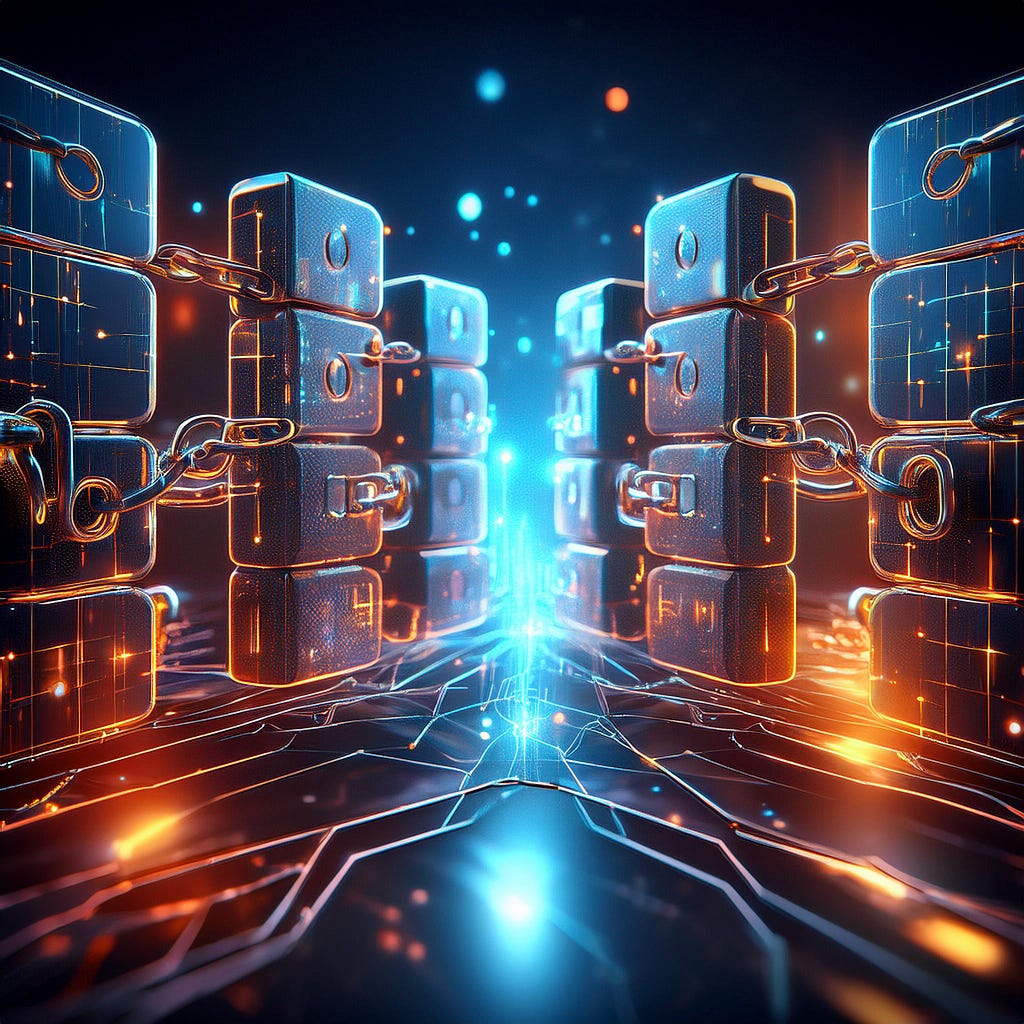
Web3 represents the third iteration of the internet, shifting from the centralised model of Web2, where control is held by single entities, to a decentralised framework. This transition emphasises user ownership and minimizes reliance on trust, creating a more transparent online experience.
Examples of Web3 Applications:
- Traditional finance like lending borrowing will now be Decentralised finance
- Traditional Social media where data is controlled by single entities will now be Decentralised Social media.
- Traditional Storage where data is stored on server controlled entity can now be Decentralised storage.
Examples can be many some are still in development while some are real world such as Defi platforms.
So, in this blog, we will try to understand,
The core of Web3 which is blockchain, and breaking the term to understand it better.
If you find this blog useful, I welcome any feedback — whether it’s criticism or appreciation. Feel free to drop me a message in my inbox here.
What is blockchain?

Think of blockchain as a huge ledger recording every transaction happening around you. Someone came and lent some money, someone bought an insurance or someone paid someone some amount of money, someone made a donation someone paid some fee. Someone claimed an insurance he bought earlier.
Think of all these transactions getting recorded in this huge ledger, and all of these transactions are immutable meaning that once recorded can not be changed ever.
Also, everyone has a copy of this ledger — you, me, and everyone across the globe, so that whenever we want to verify that if something happened or not we can just enter the number of transactions, and boom, you can verify what was the transaction was.

Once the transaction is done it is also verified by miners or validators ensuring that the transaction really happened, only after verification the transactions are added to the chain.
Process of blockchain in a nutshell
- Transactions
- Block formation
- Block verification
- Addition to the chain
We can cover each of these in detail in the coming posts.
Now, the traditional definition of blockchain
A blockchain is a distributed decentralised ledger that records transactions across multiple computers in a secure, immutable, and transparent manner.
Now, let’s break down the term Blockchain
What is a block?

A block is like a container that holds the information about the verified transaction that happened within a specific interval, for example, a block is created every 10 minutes in Bitcoin, 12–14 seconds in Ethereum, and around 400 milliseconds in Solana.
But on the core, it is a container that holds the information of transactions that happened at that time.
Each block is linked to the block behind it.
And that is how it forms a chain, technicalities of how it is chained can be the topic of a separate post.

When a group of blocks is combined with one another meaning that each block is linked to one that was previous to it it forms a chain of blocks hence the term Blockchain.
I hope this blog was able to explain the term blockchain to you and as always.

Blockchain: The Backbone of Web3 was originally published in The Dark Side on Medium, where people are continuing the conversation by highlighting and responding to this story.
from The Dark Side - Medium https://ift.tt/ixgZFmU
0 Comments